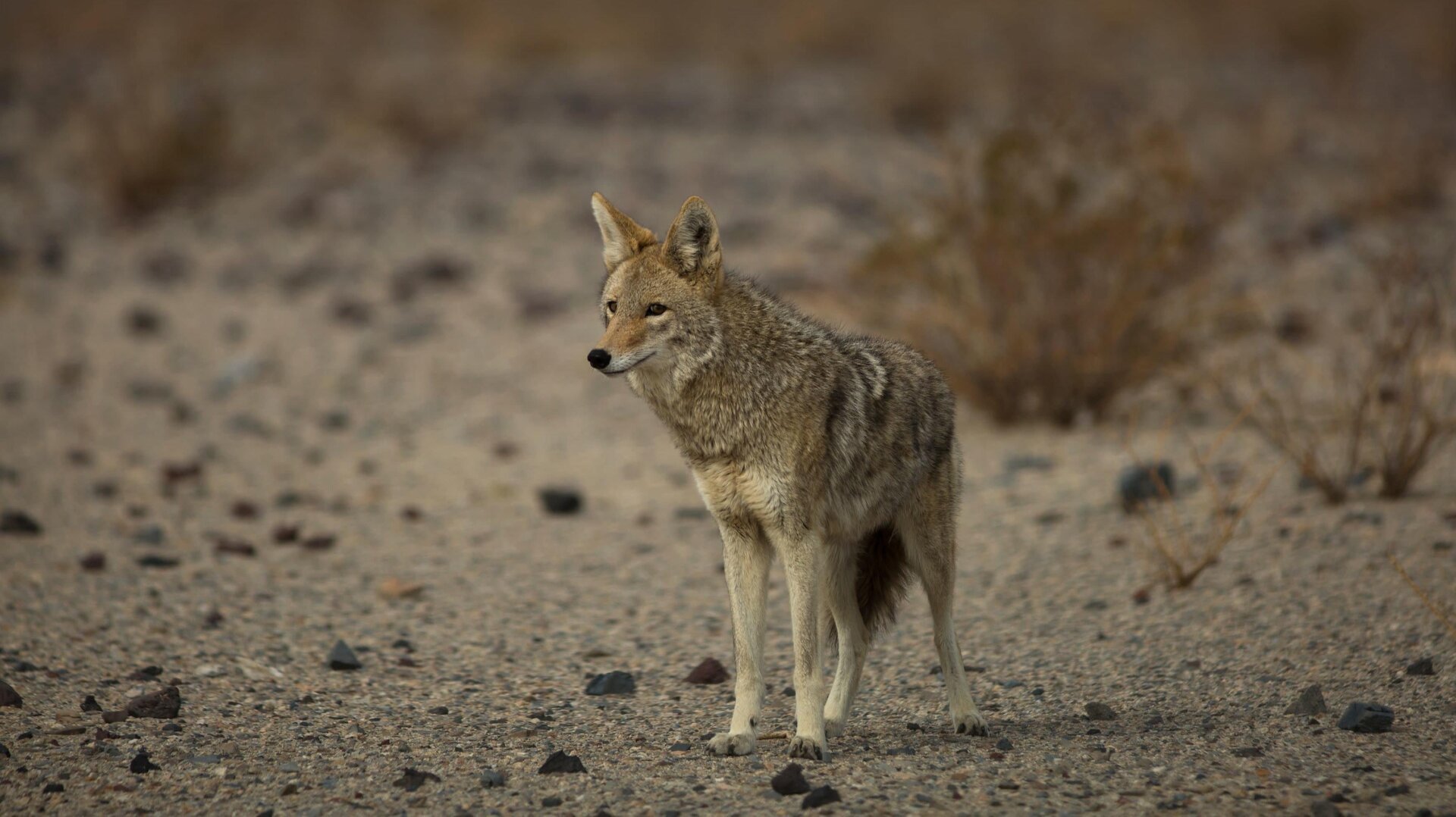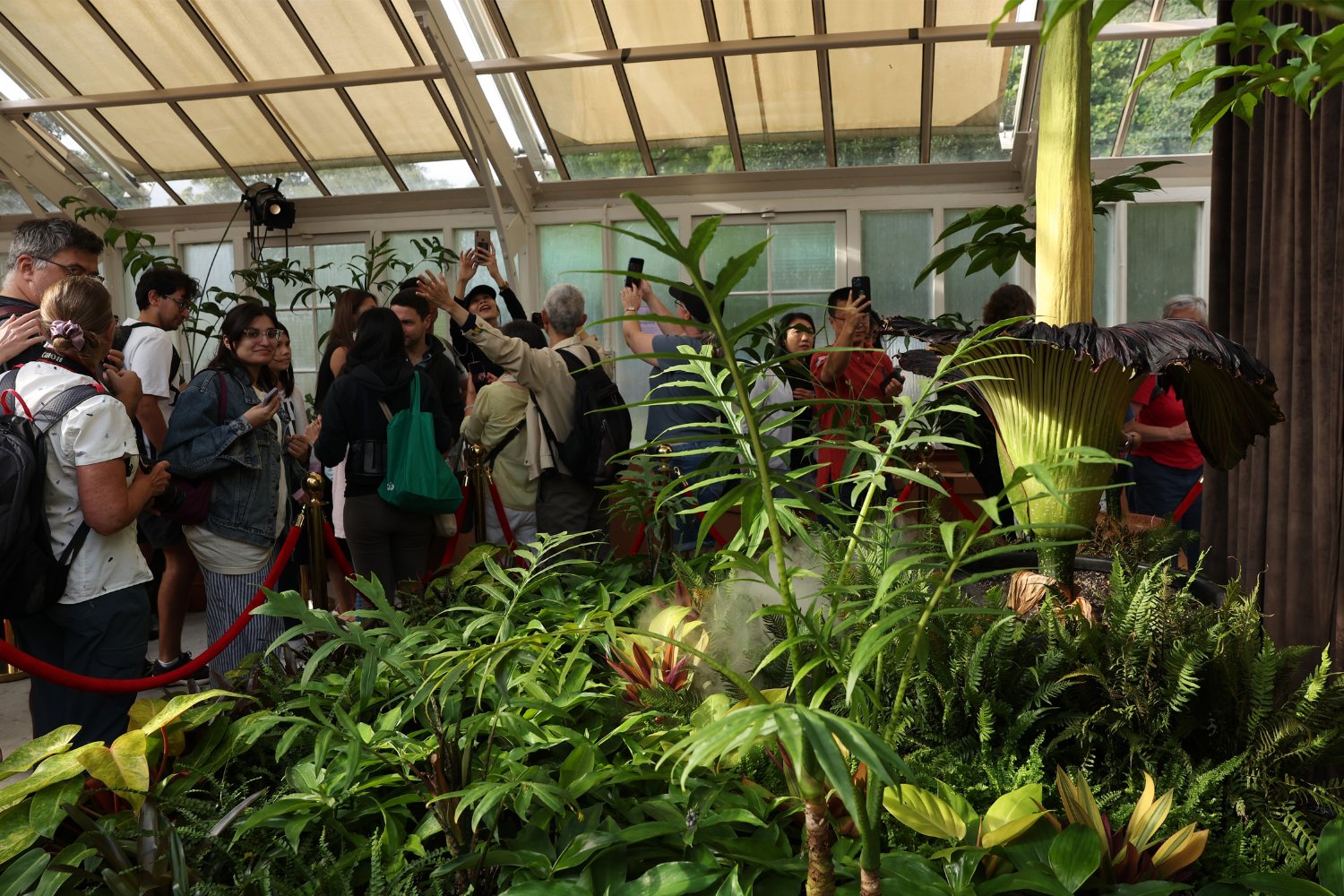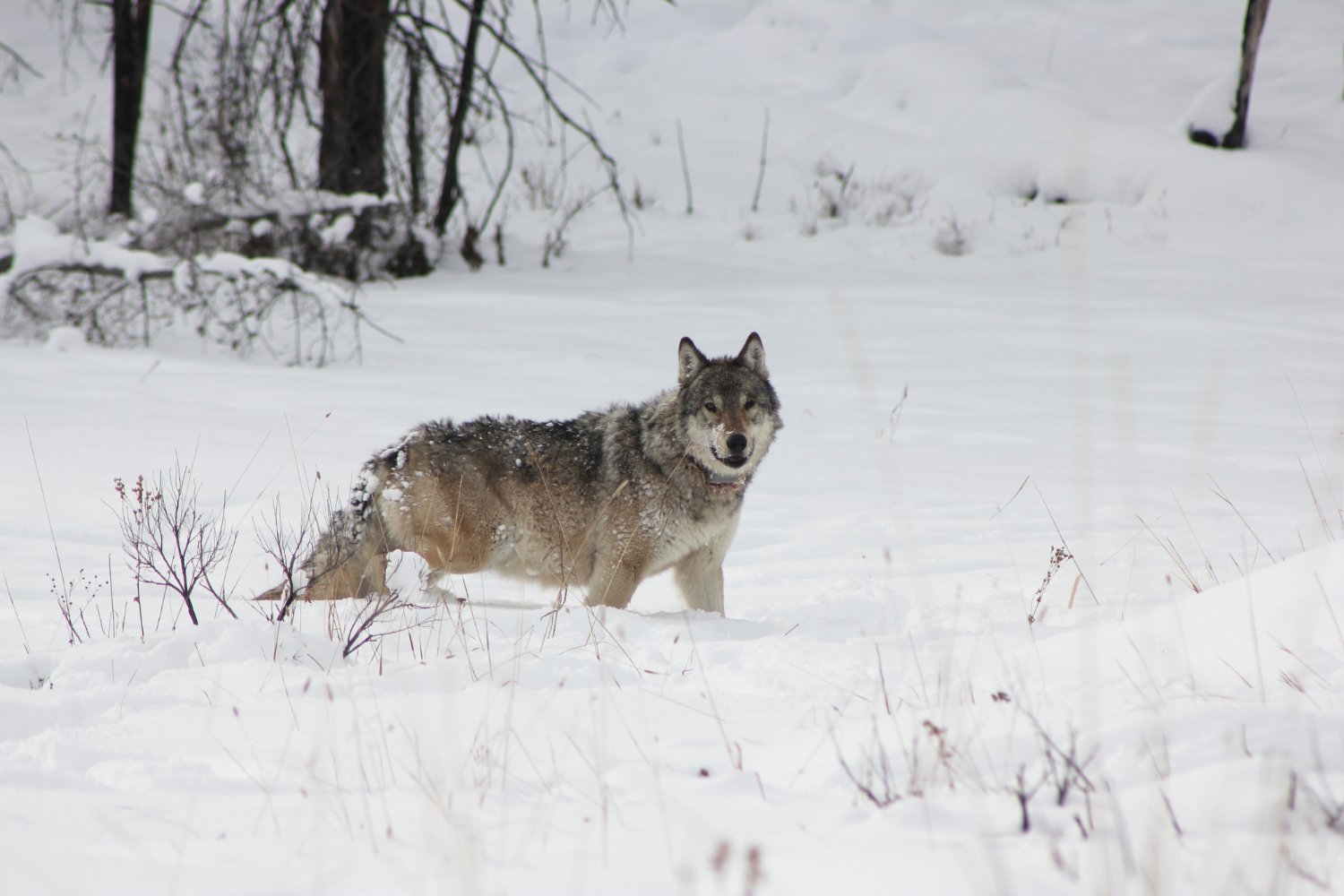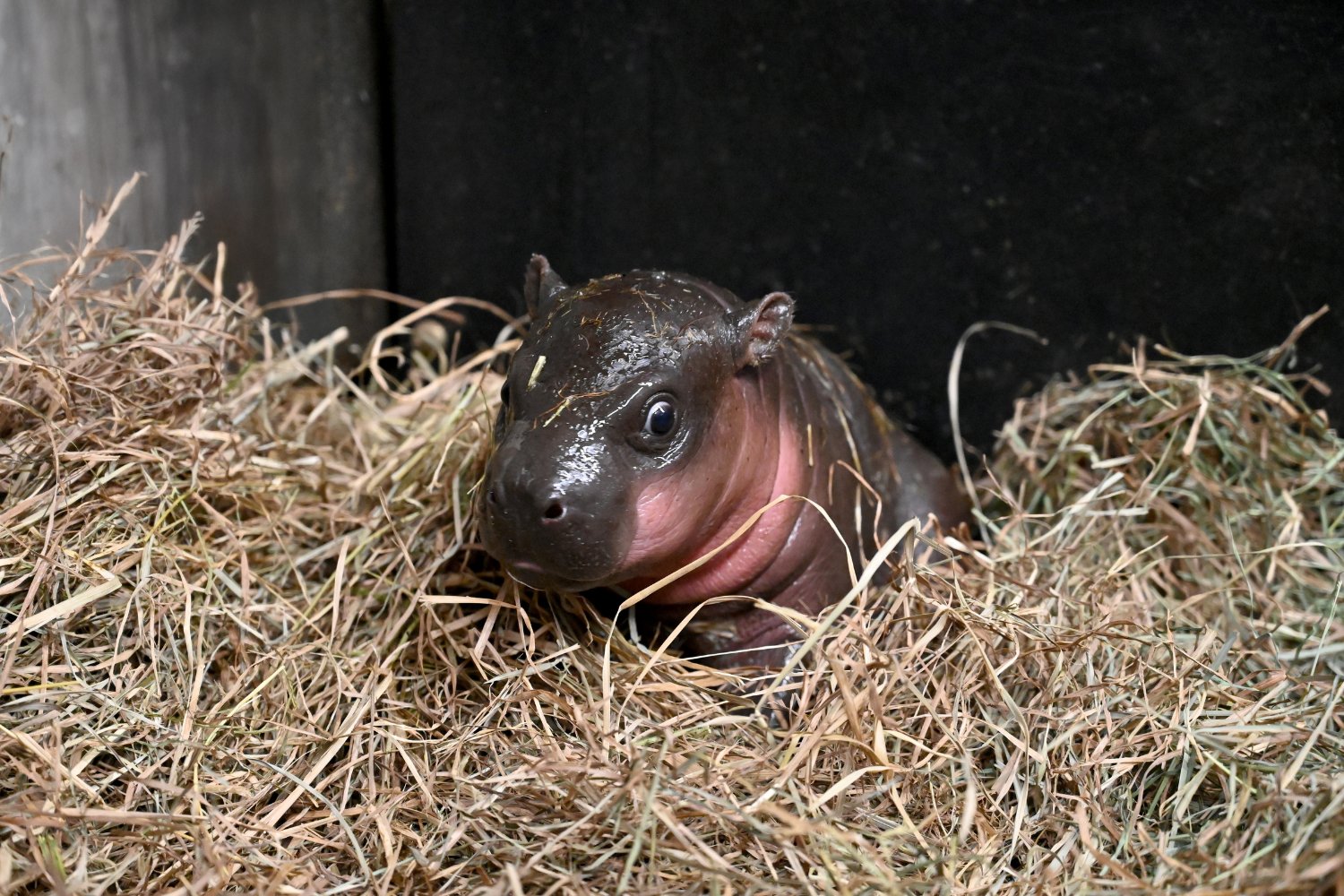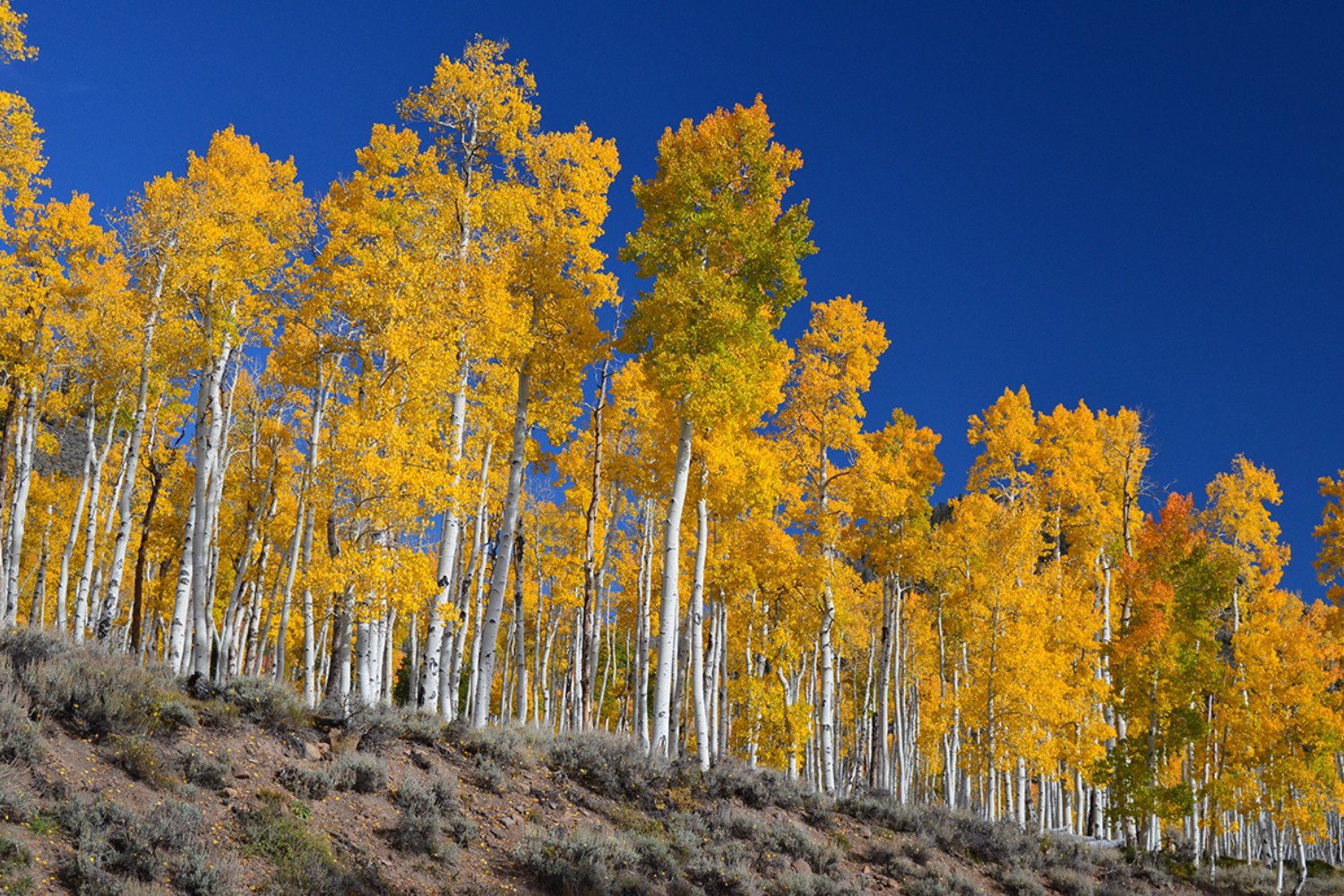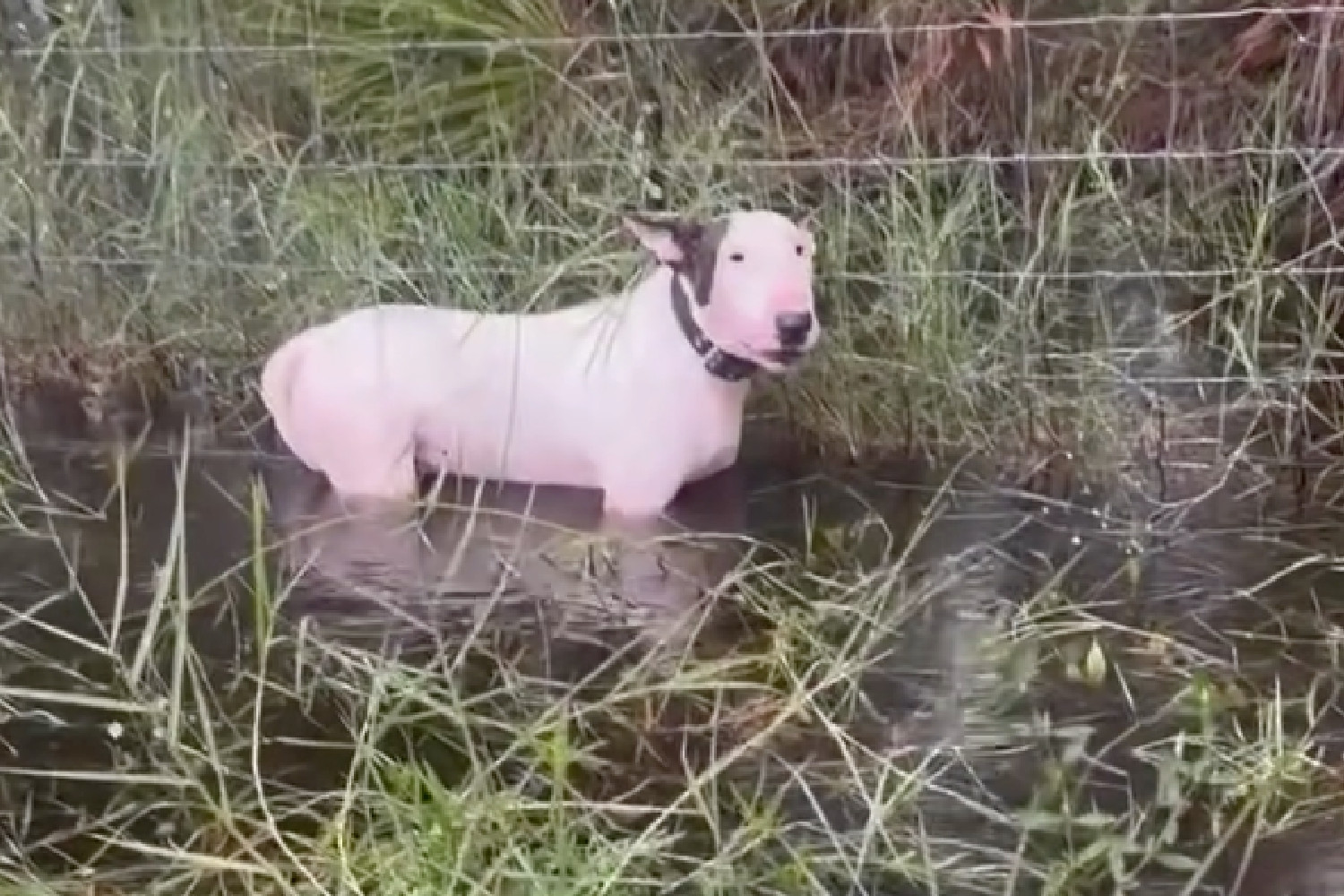The mission of Wildlife Services, an office in the Department of Agriculture (USDA), is “to provide federal leadership and expertise to resolve wildlife conflicts to allow people and wildlife to coexist.” In practice, that means slaughtering animals in droves.
New data the USDA released this week shows that in 2019, the program killed approximately 1.2 million animals native to North America. That includes hundreds of gray wolves, black bears, and bobcats, thousands of red foxes, tens of thousands of beavers, and hundreds of thousands of birds. Fewer than 3,000 of those animals were killed unintentionally.
Program employees are deployed to deal with dangerous feral hog populations and keep bird populations at airports under control so planes can safely takeoff and land. But the primary reason for the blood on Wildlife Services’ hands is their allegiance to the ranching industry, which relies on the service to clear out wild animals that prey on livestock and make way for industrial farming in states like Texas, Colorado and Idaho.
There is arguably no kind way to kill an animal, but some of the program’s methods are pretty brutal. Internal documents place focus on the use of “noise making devices,” “predator-proof fencing,” and other non-lethal methods. But a 2016 investigation by reporter Christopher Ketcham found that the agency used poisoned bait and spring-loaded cyanide traps to kill animals. It also uses leghold traps, which are banned in 88 countries.
Trappers with the service also use guns. A lot. An internal safety review document states that “employees fire tens of thousands of rounds while conducting wildlife damage management activities,” which it notes is more than any other federal or state agency except the military—more, even, than federal law agencies.
Collette Adkins, carnivore conservation director at the Center for Biological Diversity, said that this is largely unnecessary carnage because in most cases, killing predators is not a scientifically sound population control method.
“When coyote populations are exploited, the remaining individuals increase their reproduction by having a second litter that season or by increasing litter size,” she wrote in an email. “As such, killing coyotes only results in a temporary population decline followed by an increase and more conflicts.”
All of this killing also creates other ecological problems, throwing balanced ecosystems out of whack. “Many of the animals killed by Wildlife Services are ecologically important, including carnivores like wolves and mountain lions,” Adkins said. “Removing these top predators disrupts the ecosystem and can cause increases in their prey, such as rodents that damage crops and spread disease.”
The misguided approach to predators has been a hallmark of U.S. conservation policy, though it’s being challenged and overturned in some cases. Wolves, for example, were reintroduced to Yellowstone 25 years ago, and scientists have observed numerous positive ecosystem benefits and attracted scores of tourists. Despite that, state governments have been hostile to wolves and locked in a tug-of-war over hunting them. And last year, Wildlife Services killed 302 gray wolves across the Rockies and Midwest.
In many cases, there are other, non-lethal methods the agency could use to avoid all of this killing, Adkins said. Livestock producers can protect their animals with guard dogs, fences, and by using scare tactics like flashing lights.
There is evidence that Wildlife Services is taking this into account due to public pressure. Killing 1.2 million animals is a lot, but it’s actually relatively low for the program’s annual death toll. Wildlife Services took the lives of 1.5 million, 2.7 million, and 3.2 million in 2018, 2017, and 2016 respectively. This tapering may be due in part to local and state government opposition. In recent years, states including California, Washington state, and Idaho have waged successful lawsuits against Wildlife Services, and some municipalities have reformed their contracts with the agency to prioritize nonlethal wildlife control methods.
“There has been more public attention to these practices and that may be part of the reason for the downward trend,” said Adkins. “We can’t know for sure, but it seems to be making some impact.”
But the U.S. could also simply stand to reduce its livestock production altogether, reducing the need for wildlife death squads in the first place. Scientists have long warned that raising animals is far more resource-intensive than vegetable and grain production, and therefore should be ramped down dramatically. The Wildlife Service’s new data provides even more reasons that we need to dramatically rethink how we produce food.
